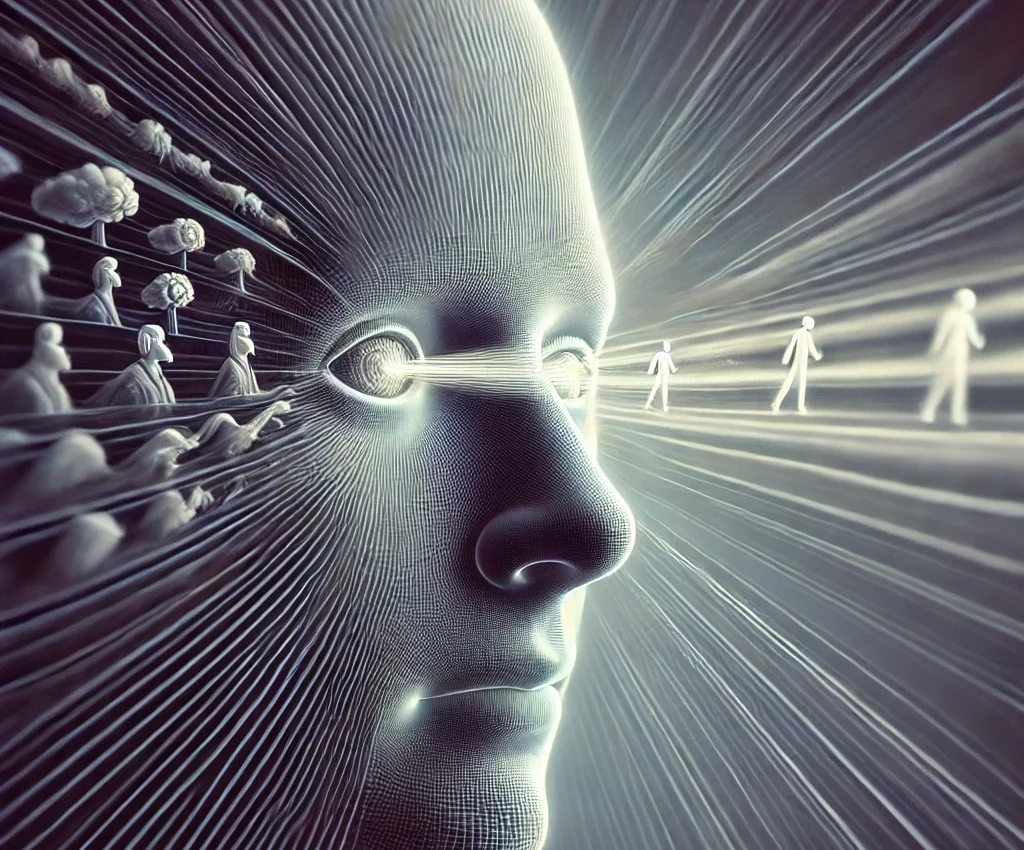
In economics, creative destruction is the process by which outdated industries, businesses, or technologies are replaced by newer, more efficient ones. First coined by Austrian economist Joseph Schumpeter, the concept suggests that economic progress relies on the constant dismantling of old ways to make space for new innovations. While this cycle can be painful—leading to job losses and business closures—it ultimately drives long-term growth, efficiency, and higher standards of living.
Let’s look at an example to clarify things better. Let’s take a classic, real world example of creative destruction is the fall of Blockbuster and the rise of Netflix. Blockbuster once dominated the movie rental industry, but its failure to adapt to digital streaming led to its downfall. Netflix, on the other hand, embraced new technology, offering on-demand streaming and original content. Similarly, Kodak, once a giant in the photography industry, collapsed because it hesitated to transition to digital cameras—ironically, a technology it had invented.
This phenomenon doesn’t just apply to businesses—it reshapes entire economies. The shift from coal to renewable energy, the automation of factory jobs, and the rise of e-commerce over traditional retail are all examples. While creative destruction may seem ruthless, it’s essential for innovation. Without it, we would still be using outdated products, clinging to inefficient systems, and stifling progress. The challenge lies in managing the transition, ensuring workers and businesses can adapt rather than being left behind.
RELATED POSTS
View all


